Korea’s alphabet and unique writing system
If you talk to any Korean today, they will tell you that their writing system, often spelled hangul or hangeul, is unique to the Korean peninsula. They will also be proud of hangul, and after learning about the history, importance, and ease of learning the Korean alphabet, you will understand why, and perhaps you’ll also feel a rush of pride and admiration for it.
Are you preparing or studying TOPIK (Test of Proficiency in Korean)? Enhance your learning experience with our comprehensive guide, “What is TOPIK, and How to Study“, and by using KoreaTab, your indispensable study companion. Developed by us at IVisitKorea, KoreaTab is a Chrome extension that offers daily word flashcards to enrich your vocabulary. It’s designed to blend effortlessly into your browsing routine, transforming it into an engaging and accessible Korean language learning adventure. We take pride in offering KoreaTab as a free resource – and we’re committed to keeping it that way. Elevate your Korean language proficiency today by visiting the Chrome Web Store and downloading KoreaTab for free!
The Korean Alphabet
Going back to the basics, the Korean writing system is an alphabetic syllabary, meaning that each character is a single syllable. However, the individual parts of a character are letters of the alphabet, just like how English has its own alphabet. And like English, hangul consists of 14 consonants and 10 vowels, altogether making it a 24-letter alphabet. Although the letters can’t be directly translated into English, linguists, academics, and the public have made roundabout romanization.
| ㄱ | ㄴ | ㄷ | ㄹ | ㅁ | ㅂ | ㅅ | ㅇ | ㅈ | ㅊ | ㅋ | ㅌ | ㅍ | ㅎ |
| g/k | n | d | l/r | m | b | s | * | j | ch | k | t | p | h |
Korean also has double consonant letters. (ㄲ, ㄸ, ㅉ, ㅆ, ㅃ)
| ㅏ | ㅑ | ㅓ | ㅕ | ㅗ | ㅛ | ㅜ | ㅠ | ㅡ | ㅣ |
| a | ya | eo | yeo | o | yo | oo | yoo | eu | ee |
Korean also has compound vowel sounds such as ㅢ, ㅞ, ㅚ, and ㅟ. In total, there are 21 single and compound vowels.
Koreans and foreigners alike say that it only takes a day to learn hangul, due to its straightforwardness and the logical philosophy behind the script. The Korean Alphabet has no relations at all to any other language script in the world, so in a way, it can be difficult for hangul learners to get a grasp on it at first, but once they understand it, there is no doubt that nobody would say that hangul is a hard script to learn.
Below are videos from the language learning website Talk To Me In Korean, a popular language-learning tool that many foreigners use. The first video is the first of five videos.
The History of Hangul
Looks super easy, right?
Well, one of the reasons why Koreans (including myself) are so proud of the Korean alphabet, I believe, is the sympathetic and forward-thinking actions taken by King Sejong The Great (세종대왕), one of the greatest monarchs during the Joseon Dynasty.
Korea is successful today in large part due to a lot of the population being able to read and write. Today, the literacy rate of South Korea is 99%, a drastic increase from what it used to be. It’s no wonder that Koreans celebrate the inception of hangul and King Sejong The Great!
Many centuries ago, when North and South Korea were still a single country, the Korean people used the Classical Chinese writing system, due to the country’s close proximity to and its socio-political relations with China. However, the Chinese writing system, or hanja by the Korean population, was complicated and time-consuming to learn. Because of this, it was only easily accessible to people who had the luxury of the time it takes to learn and master the language–mostly scholars and the members of the royal and noble classes. With the hundreds upon thousands of individual characters that made up hanja, many found it nearly impossible to become even decently adept at it. Because of this, literacy was at a super low rate and the overall advancement of society was slowing down greatly.
As a result, King Sejong The Great observed the widening gap between the well-read and the illiterate in his country. Thinking of the literacy rate of his people and the advancement of his country as a whole, he set out on creating a native script that the Korean people can easily learn and use.
While it’s believed that King Sejong ordered the Hall of Worthies to invent Hangul, there are several records that say that he invited the writing system himself including the Veritable Records of King Sejong and the preface of the Hunminjeongeum.
The Widespread of Hangul
When the creation and development of hangul were complete, King Sejong began to promote the new writing system. While it made appearances in local periodicals, the Korean alphabet was not well received by scholars and members of the upper classes. Since it was a made-up language, they were afraid that it would make them stand out against the rest of the world by using a “second-rate” writing system. The Chinese writing system seemed way more sophisticated respectable.
Despite this, hangul started to gain popularity when women, who were traditionally at the bottom of the societal scale, began using the much easier writing system in their personal correspondence letters. In addition, some scholars were beginning to translate imported books into hangul in hopes that the public would be able to read them. More academic and scholarly books started to follow suit. Korean society saw a boost in its economy thanks to the suddenly increasing literacy rate of its people. Today, Koreans thank King Sejong and the heavens for the inception and creation of hangul.
An important thing to note: while South Koreans call the Korean alphabet hangul, residents of North Korea refer to it as Joseon-gul, harkening back to the era during which King Seojung reigned over Korea.
The Importance and Impact of The Korean Alphabet
Do you feel the rush of pride and admiration for King Sejong The Great and the Korean alphabet yet? If you don’t, that’s okay because Koreans have enough of both! The invention of hangul has helped our society advance greatly ever since King Sejong’s reign in the 15th Century. Since the beginning of the cade, South Korea has remained in the top 20 countries by GDP; as of the beginning of 2020, South Korea is the 10th ranking country for GDP as stated by the International Monetary Fund.
Hangul Day: Celebrating Hangul
So given all that, Koreans are eager to observe and celebrate Hangul Day every October 9. While it admittedly doesn’t have the bells, whistles, and fanfare it used to have many years ago, Koreans still are glad to spread and share the originality and the innovative nature of the Korean alphabet with the world. In North Korea, the population observes and celebrates Joseon-gul Day on January 15.
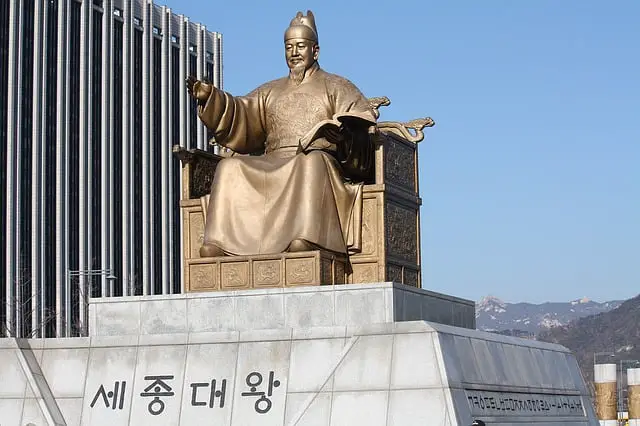
Additionally, the government has erected a grand statue of King Sejong The Great in front of Gyeongbokgung Palace. Here is an article on Seoul’s must-visit palaces!
Many people, academics and linguists included, applaud the Korean alphabet as the easiest and most intuitive writing system to exist. In fact, UNESCO has created the UNESCO King Sejong Literacy Prize to honor the monarch’s achievement. The UNESCO King Sejong Literacy Prize rewards and acknowledges government and non-government agencies and organizations as they fight for global literacy. You can read more about the UNESCO King Sejong Literacy Prize here.
It’s agreed that King Sejong The Great was one of Korea’s greatest leaders and that his invention of the Korean Alphabet hangul is his greatest achievement. Because he thought of his people and the low literacy rates, he sought out a way to improve the overall livelihood of the Korean population. It’s no wonder that Hangul Day is such a big deal to Koreans! It’s also no wonder that linguists from all around the world have continually praised hangul. Many of them look to hangul as the perfect language script, efficient and logical in every way possible.
You may also like:
- Things to do in Hangang Park Seoul
- What to Do on A Rainy Day in Seoul
- Best Korean Ramen You Must Try; Recipe & Calories
- How to Find a Job In Korea
- Best Black Friday Deals for K-Beauty & K-Fashion 2020
- Top 5 Korean Chicken Brands You Must Try
IVK’s Top Picks – Day Tours, Tickets, and Travel Activities
Seasonal Picks!😍


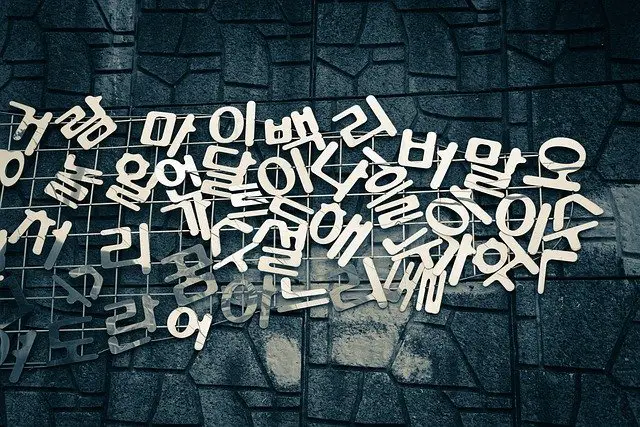



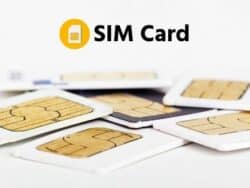


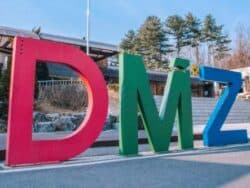

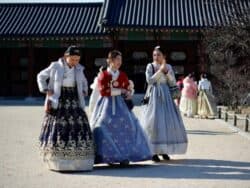

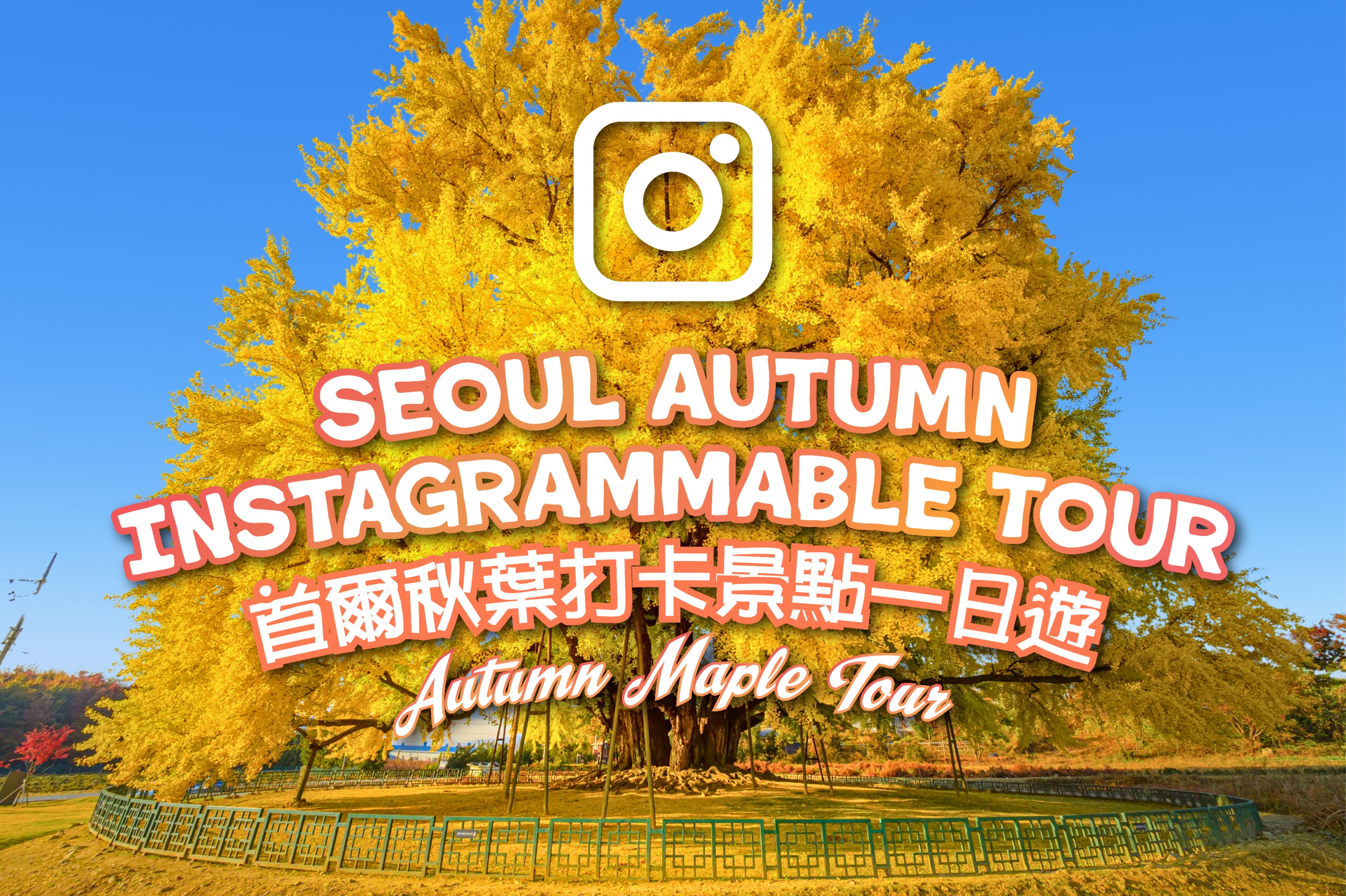








Thank you Jisun for this article.
I need to go back to basics starting to review the alphabet!
Gamsahamnida!